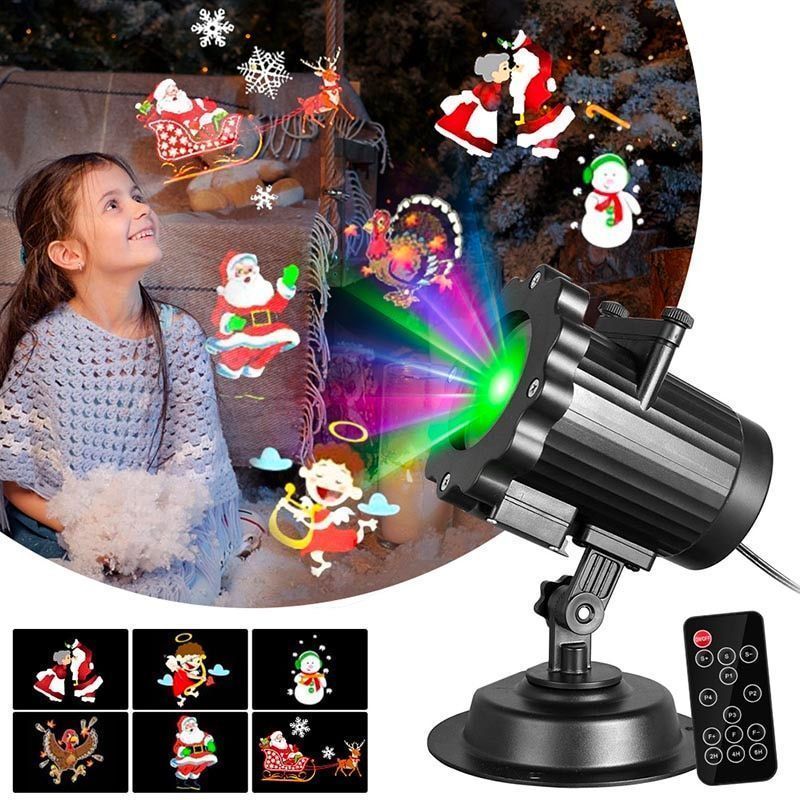

In fact, once the blue laser was focused I was easily able to burn pieces of paper and punch holes in black plastic. Once focused, it becomes pretty clear that these lasers are quite a bit more powerful than the < 5 mW listed on the product’s warning sticker. This is easily fixed by using a small pair of pliers on the focusing rings on the front of each laser. The attentive reader might notice from this picture that the lasers are way out of focus: at 3 meters, the spots looked as large as dinner plates. Note the black ring around the blue laser, we’ll get to that in a minute.

The red laser and its heatsink are also easily removed, but let’s be honest: nobody’s interested in red lasers anymore. The main heatsink comes off the sled with a couple of screws on the bottom, and it leaves you with a nice little dual-laser module for doing experiments with. Obviously the lasers themselves are the most interesting part of this device, so let’s get right to the good part: pulling them out. This positioning is necessary for the beam combiner (the small angled piece of glass visible in the center) to send both the red and green beams out of the same aperture. The red laser is mounted in the smaller heatsink, positioned 90 degrees from the other lasers. The largest components are the motorized optics in the front of the sled, and the primary heatsink at the rear containing the blue and green lasers. It’s like they wanted us to strip it for parts. All of the components of the device are easily accessible, and they’ve even gone as far as using connectors for most of it instead of soldering everything directly to the PCB in the back. Getting a Closer LookĪfter removing the external heatsink, the “sled” containing all of the internal hardware slides easily out the back. It’s not perfect, but at least it gets some thermal mass outside of the airtight body. But as it turns out the knuckle is connected directly to the primary laser heatsink by means of a solid metal cylinder, they even put a little bit of thermal conductive material on the mating surfaces.

I had wondered why they used a metal “knuckle” on the mounting stake, and assumed that the finned design of the piece was just to reduce the material needed. With the back cover off you notice the first interesting element of this projector’s design: the external heatsink. Presumably it was cheaper and easier to tack a beam combiner into the design than get new cases injection molded.įour screws on the back of the unit allow you to pull off the cover, which I was somewhat impressed to see had a decent rubber seal around the edge to keep water out. Interestingly, there are only two laser apertures in the front of the unit, which means there must be some kind of beam combiner inside that’s allowing two of the lasers to shoot through one window. Usually these projectors are just packing red (662 nm) and green (532 nm), but this one has a blue (440 nm) laser as well. This particular projector isn’t much different from other’s I’ve seen, except for the fact that it actually has three lasers inside.

This was a 75% price reduction from normal MSRP, and right in that sweet impulse-buy price range. Given how popular they are, I was surprised to see a lone Home Accents Holiday Multi-Color Light Projector on the clearance rack at Home Depot for around $14 a few days after Christmas. No need to get on a ladder and string lights on the roof when you can just blast some directed energy up there instead. Just set the projector up in front of your house, and you’re done. Laser projectors have been one of the most popular Christmas decorations for the last couple of years, and it’s not hard to see why. That’s right, you’ve seen them all over the neighborhood, probably took a few stray beams to the eye, you might even own your own.
#CHRISTMAS LIGHT PROJECTOR BLUETOOTH#
But Christmas lights and decorations have really started pushing the envelope in terms of technology: addressable RGB LED strands, Bluetooth controlled effects, and as of the last couple years, friggin’ lasers. Not that long ago, this would hardly be exciting news for the readers of Hackaday. It’s in this narrow corridor of time, between the Great Holiday Unloading and the new spring products coming in, that you can find some fantastic deals on Christmas decorations. No more money to be made on the most commercialized of all holidays, so back to business as usual. The Christmas music playing on the overhead speakers switches back to the family friendly Top 40, the store’s decorations get tossed in the compactor, and everything that’s even remotely related to the holiday is put on steep clearance. In the world of big-box retail, December 26th is a very special day.


 0 kommentar(er)
0 kommentar(er)
